Four Stages Of A Self-Directed Learning Model
TeachThought
MARCH 26, 2025
The goal of the model isn't content knowledge (though it should produce that), but rather something closer to wisdom--learning how to learn.
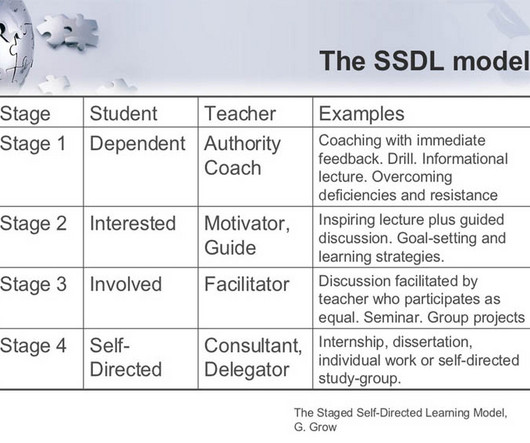
TeachThought
MARCH 26, 2025
The goal of the model isn't content knowledge (though it should produce that), but rather something closer to wisdom--learning how to learn.

Anthropology.net
MARCH 26, 2025
Neanderthals are often recognized for their distinct facial features—large, forward-projecting midfaces, prominent brow ridges, and wide nasal openings. In contrast, modern humans have relatively smaller, flatter faces with retracted midfaces and more delicate bone structures. For decades, researchers have debated the evolutionary forces behind these differences.
This site is protected by reCAPTCHA and the Google Privacy Policy and Terms of Service apply.
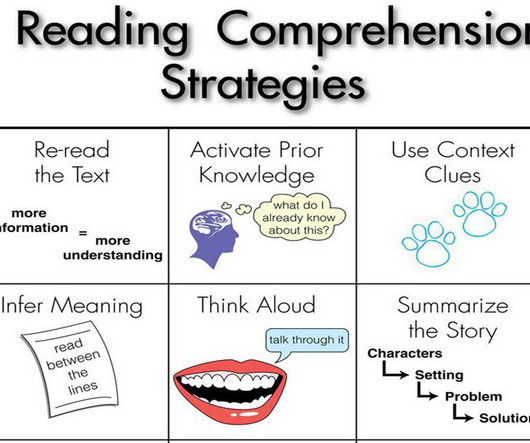
TeachThought
MARCH 23, 2025
Reading strategies useful in every content area include Questioning the text, Visualization, and using Context Clues to infer meaning.

ED Surge
MARCH 26, 2025
Looking back on my educational journey, I recently reflected on my classroom experiences from kindergarten to fourth grade. The summer before I entered the fourth grade, my mother informed me that I would be attending a new school in my same community with one caveat: it was a class in the gifted and talented education (GATE) program. Before that moment, I was blending in with my peers and navigating the typical challenges of elementary school.
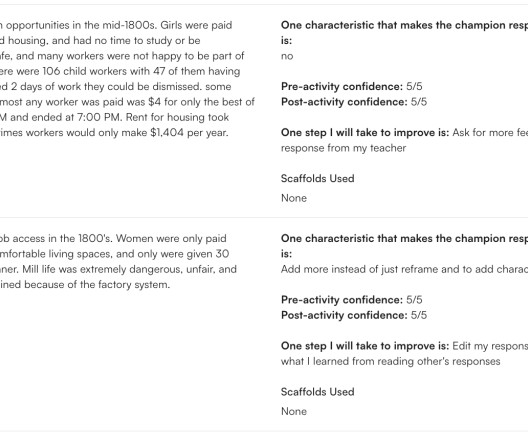
Moler's Musing
MARCH 26, 2025
Today, I ran a new Rack and Stack using some familiar EduProtocols but with a fresh flow. The whole lesson was built around this opening statement: The Lowell Mill Girls had an extraordinary opportunity. That one sentence carried us through the entire class. I wanted students to come back to it over and over again, thinking critically about whether or not it was actually true.
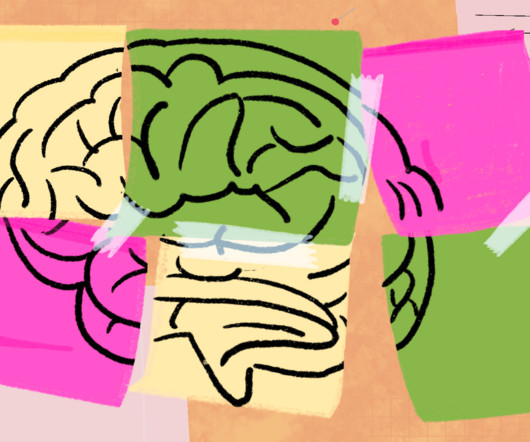
The Hechinger Report
MARCH 27, 2025
Elijah Gregory had overcome a lot by the time he arrived at North Central Texas College in Flower Mound as a freshman at 19. He had contended with physical health issues, depression and anxiety. He had lost a parent to addiction. And hed struggled to finish high school. So he was proud to achieve the next step, enrolling in community college. But when Gregory got there, he felt lost and lonely.
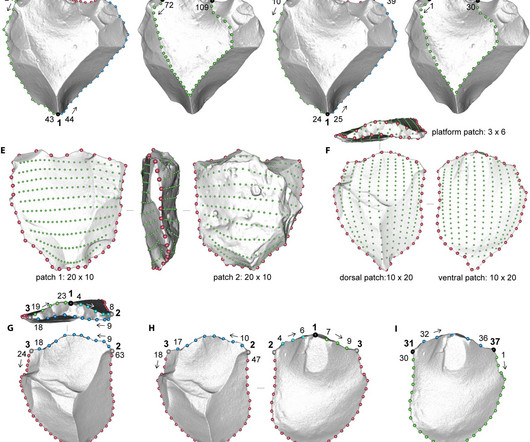
Anthropology.net
MARCH 25, 2025
For decades, archaeologists have debated the nuances of Levallois technology—a stone tool production method used by Homo sapiens , Neanderthals, and other ancient hominins. These tools, characterized by a prepared-core technique that allowed for precise flake removal, have long been studied using traditional measurements. But a new study introduces a more sophisticated approach—three-dimensional geometric morphometrics (3D GM)—to examine the shape and variability of Levallois c
Social Studies Network brings together the best content for social studies educators from the widest variety of thought leaders.
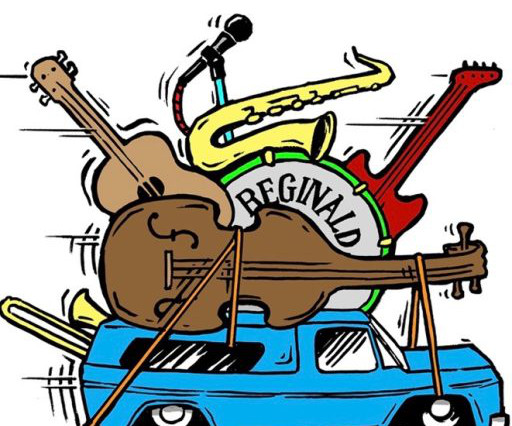
Life and Landscapes
MARCH 24, 2025
The 50th Anniversary of the Louisville Grotto’s “Speleofest” held in Hart County, Kentucky, at their Lone Star Cave Preserve, Memorial Day Weekend, 2022. Here is a virtual tour of the cave’s interior! (Click on my Vimeo link below, if the video doesnt immediately show) The Life and Landscapes Blog Site is at: www.vanstockum.blog/lookin Also find me at: www.facebook.com/reggievanstockum www.instagram.com/reggievanstockum www.vimeo.com/reggievanstockum www.youtube.com @regg
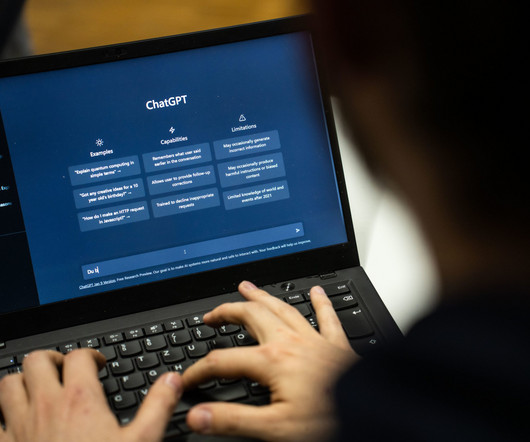
The Hechinger Report
MARCH 25, 2025
Will Geiger estimates that he read about 10,000 college application essays over the course of a years-long career in college admissions and scholarships before ChatGPT came on the scene in 2022. Shortly afterwards, Geiger began to notice that essays felt less and less like they had been written by 17- or 18-year-olds. He saw more hyperorganized five-paragraph essays; more essays that were formatted as a letter to someone; and certain examples and words being used over and over again by different
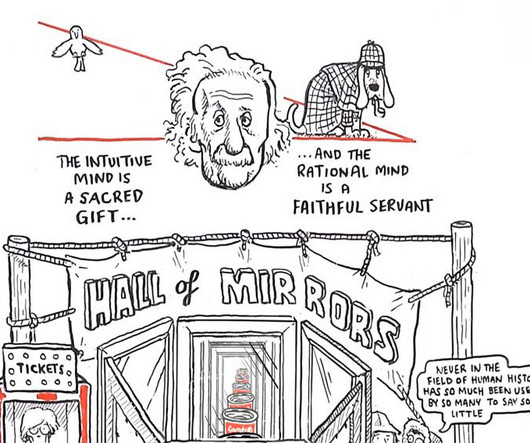
TeachThought
MARCH 24, 2025
It is suggested that the brain does not have one learning system but four--each with its own unique memory pattern and accompaniments.
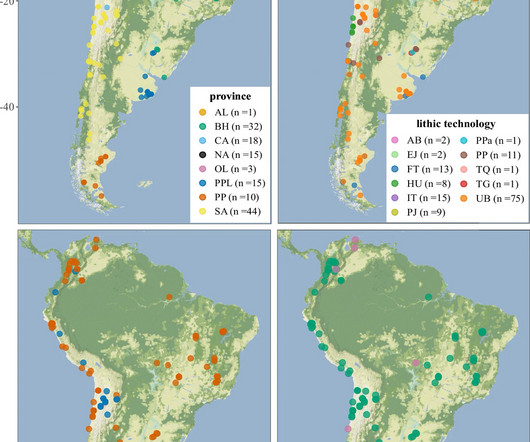
Anthropology.net
MARCH 26, 2025
The early human settlement of South America stands as one of the last great migrations in human history, yet the environmental conditions that shaped this journey remain debated. New research by Lorena Becerra-Valdivia, published in Nature Communications 1 , suggests that humans did not simply follow stable climates but adapted to fluctuating conditions, sometimes settling in areas experiencing severe cold.

Edthena
MARCH 25, 2025
Big news! Edthena is proud to announce our collaboration with researchers at the University of Virginia and the University of Albany on an AI-based multi-modal neural network project funded by the Gates Foundation. In non-tech speak, it’s a computer that watches and listens to classroom activities to give teachers helpful feedback. The groundbreaking AI feedback system will be unlike anything available today.

Sapiens
MARCH 25, 2025
For the eighth season of the SAPIENS podcast, were meeting at a crossroads of culturespast and presentin search of humanitys collective destination. Culture is a force that makes us who we are. It drives social interactions and relationships, shapes beliefs and politics, ignites imaginations, and molds identities. Cultural conflicts are at the heart of many crises facing the worldincreasing inequality, persistent bigotry, ecological collapse.
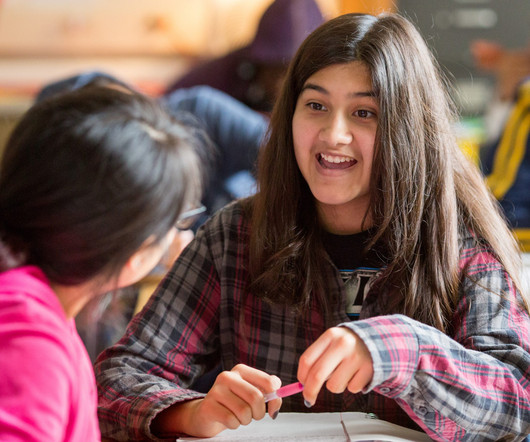
The Hechinger Report
MARCH 23, 2025
For the past century, we have treated intelligence as something measurable a score on an IQ test, a standardized exam or a checklist of marketable skills. Education systems were built on the belief that if we filled young minds with enough knowledge, progress would follow. We rewarded students for getting the right answers, for competing rather than collaborating, for mastering subjects rather than navigating human relationships.

TeachThought
MARCH 22, 2025
Creativity is not the finding of a thing, but the making of something after it is found.
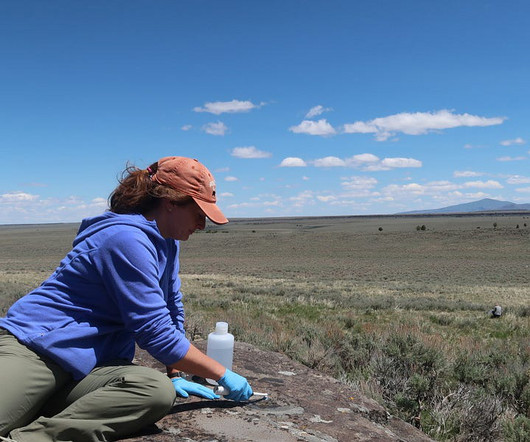
Anthropology.net
MARCH 26, 2025
Archaeology often deals with what remains—the bones, the stone tools, the charred remnants of ancient hearths. But in the upland regions of Warner Valley, Oregon, a different kind of evidence is telling the story of early human diets: microscopic starch granules trapped in the cracks of bedrock metates. These stone grinding surfaces, found alongside rock art panels and other cultural features, are yielding the first direct evidence of plant processing in this landscape.

ED Surge
MARCH 25, 2025
As PTA president at my childrens school, I rely on social media to keep families informed about everything from sports and musicals to important school updates. But Ive also seen firsthand how it can be distracting or be used to share comments that conflict with school values. It is particularly hard to create a healthy digital school culture when school leaders have little control over removing content, such as confession accounts, fight accounts and impersonation accounts.

Anthropology News
MARCH 27, 2025
Migration is always more than just a transferit is a point of tension where preservation, power, and priorities intersect. Cultural artifacts, traditions, and knowledge do not simply move; they shift, adapt, and sometimes disappear in the process. Digital artifacts follow the same patterns. When MySpace lost 50 million songs during a server migration , it wasnt just a glitchit was a reshaping of independent music history, determined by infrastructure choices rather than cultural value.

TCI
MARCH 25, 2025
In todays elementary classrooms, a heavy emphasis on standardized test preparation has led to a significant imbalance in instructional time. While English language arts (ELA) and mathematics dominate daily schedules, subjects like social studies and science are often sidelined. However, research increasingly shows that integrating knowledge-rich instruction across subjects is essential for improving literacy, critical thinking, and overall student success.

TeachThought
MARCH 24, 2025
Massive Open Online Courses (MOOCs) allow learners access to free courses facilitated by top educators and experts in every subject area.
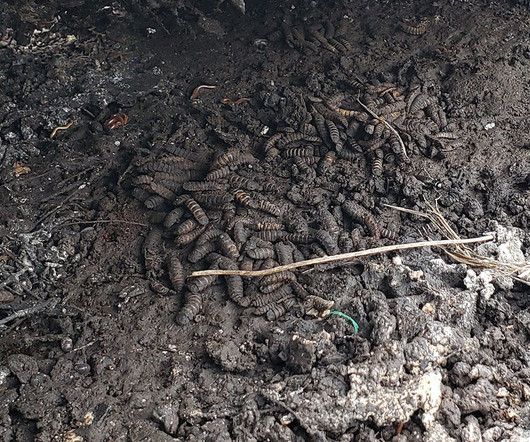
Anthropology.net
MARCH 25, 2025
For decades, the prevailing view of Neanderthal subsistence has been simple: they were apex predators, consuming large amounts of meat, perhaps more than any other known hominin. Nitrogen isotope ratios in Neanderthal bones have suggested a diet even richer in animal protein than that of hyenas or cave lions. But a new study proposes a different explanation—one that suggests Neanderthals were eating something most modern humans would consider unthinkable: maggots.

Living Geography
MARCH 24, 2025
One of the projects I've been working on for over a year now is connected with Minecraft for an educational project. Here are the details as shared in an Environment Agency report in January 2025 (ahead of our completion of the project and trialling in the last few weeks). Coastcraft Game Following a successful roll-out of the online game Rivercraft developed by the Environment Agency, Microsoft and Blockbuilders, another version called Coastcraft has been developed for coastal contexts.
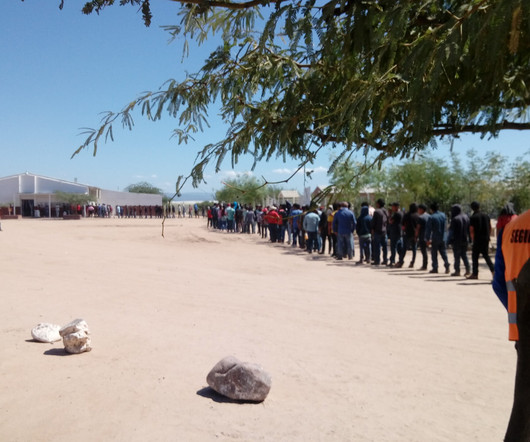
Anthropology News
MARCH 27, 2025
At 10 a.m., I arrived at Campo Los Soles, a 2000-acre field of grapes with temperatures up to 122 Fahrenheit and 20 miles from Hermosillo City, northwestern Mexico. The 2000 acres are completely fenced with barbed wires, and private security employees are watching the limits of the property day and night. Its main entrance is a 35-foot-high arch with the words Los Soles above two closed gates, a security checkpoint cabin, and corporate advertisements with Mexican and US agribusiness brand logos.

TCI
MARCH 25, 2025
Elementary education has traditionally prioritized English Language Arts (ELA) and mathematics, often sidelining social studies. However, recent research highlights the crucial role of social studies instruction in developing strong reading skills. Despite mounting pressure to improve literacy rates, many schools continue to dedicate limited instructional time to social studies.

TeachThought
MARCH 26, 2025
Cognitive dissonance is the psychological discomfort that arises when an individual encounters a conflict between what they believe and how they behave, or between two competing beliefs.

Anthropology.net
MARCH 27, 2025
The narrative of human technological advancement has long positioned metallurgy as a hallmark of settled agricultural societies. However, recent findings from the Gre Fılla site in southeastern Turkey suggest that the roots of metalworking may extend deeper into our hunter-gatherer past than previously understood. a) Location of early metallurgical activities in Anatolia and Gre Fılla archaeological site. b) The context where the vitrified material (GRE-VRF) was found. c-d) Stru

Living Geography
MARCH 27, 2025
Up on the RGS-IBG website already although it's only March and it's not until September are details of a webinar I'm leading on the 18th of September. You can book a place (it's free to attend) on this link. Details: There has never been a better or more important time to embed geographical careers education into your curriculum. Studying geography provides students with knowledge and transferable skills that will reward them personally and advance them professionally.

Anthropology News
MARCH 25, 2025
(19342025) William K. Powers, scholar of Lakota life and culture, died on January 5, 2025, at the age of 90. Though he recovered strongly from two strokes in recent years, Bill became immobile in his final months, and he passed peacefully at home in the company of his family. At the time of his death, Bill had participated in Lakota (Teton Sioux) culture for 75 years.

TCI
MARCH 25, 2025
Reading comprehension is more than just learning how to decode wordsits about understanding the world around us. Yet, many elementary classrooms dedicate minimal time to science instruction, missing a key opportunity to build background knowledge that strengthens literacy skills. Research shows that students who engage in structured science learning develop stronger vocabulary, analytical thinking, and reading comprehension.

Society for Classical Studies
MARCH 21, 2025
CFP: Tacitism: Ethics, Politics and Europe 16th-18th c. kskordal Fri, 03/21/2025 - 10:39 Image Tacitism: Ethics, Politics and Europe 16th-18th c. Warsaw 18-20 September 2025 Rooted in the works of the Roman historian Cornelius Tacitus, the Tacitist voice exerted an important influence on political discourse during the long century from the late 16th to the early 18th century.
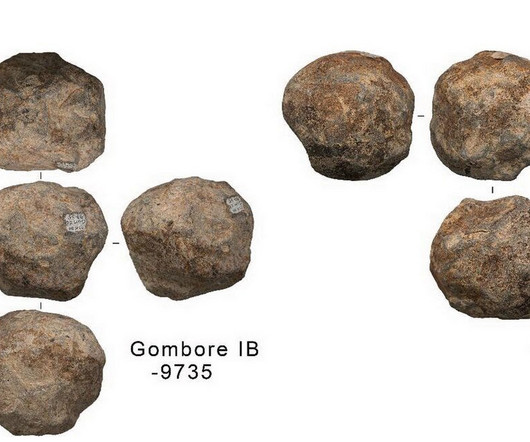
Anthropology.net
MARCH 25, 2025
Stone tools are often thought of as deliberately crafted artifacts, chipped and shaped by early hominins to serve a particular function. But new research suggests that at least some of the earliest tools may not have been made, but rather, found. A study by Dr. Margherita Mussi, published in Quaternary International , examines naturally occurring basalt spheres from the Pleistocene archaeological sites of Melka Kunture, Ethiopia.

Living Geography
MARCH 26, 2025
The Guna indigenous people have inhabited the island of Gardi Sugdub, one of the 365 islands in the Guna Yala archipelago in Panama, for over 100 years. However, experts predict that this Panamanian island might become uninhabitable in less than 30 years. Driven by rising sea levels and overcrowding, 300 families from this indigenous community have become Panama's first official climate refugees.

Anthropology News
MARCH 27, 2025
The elevator doors opened to the smell of coffee, olive oil, and cumin. Salam! Ayoub called out. Salam, I answered, barely awake. I had brought bread and oranges. Ayoub was busy frying eggs. Dawn, as I was to find out, was his favorite time of day: awake while everybody else was asleep, it was as if the shelters kitchen was his own. Ayoub and I had first met months earlier, in the same kitchen, in the basement of an emergency shelter for migrants, on the outskirts of a small town in the French A

TCI
MARCH 25, 2025
Elementary education has traditionally focused on English Language Arts (ELA) and mathematics, often at the expense of social studies and science. However, research shows that these content-rich subjects play a vital role in literacy development by building background knowledge, strengthening comprehension, and expanding vocabulary. To improve student outcomes, schools must take a more integrated approach to literacy instruction.

Moler's Musing
MARCH 24, 2025
Ive been reading Do I Have Your Attention? by Blake Harvard. It blends cognitive science with practical classroom ideasnothing too wild, just enough to make you stop and rethink some things. One part that really stuck with me was on cognitive load theory, especially the idea of intrinsic and extraneous load. It got me thinking about how Ive been planning, what I prioritize, and how I sometimes try to do too much when maybe I just need to step back.
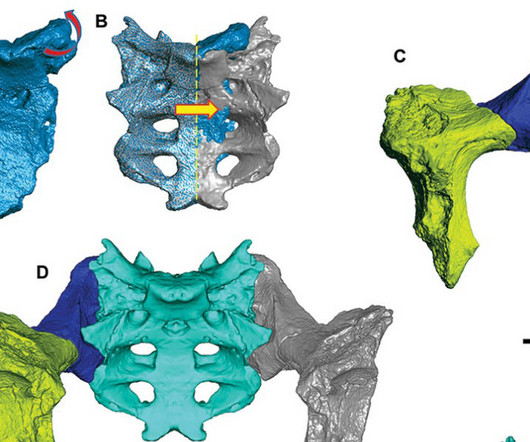
Anthropology.net
MARCH 27, 2025
The human pelvis is a structural keystone—shaping movement, birth, and even evolutionary trajectories. Now, a fossilized pelvis found in South Africa’s Drimolen Main Quarry (DMQ) is providing rare insights 1 into the anatomy and biomechanics of early hominins. Dating to approximately two million years ago, the partial pelvis, designated DNH 43, raises new questions about how early relatives of Homo sapiens walked, gave birth, and adapted to their environments.
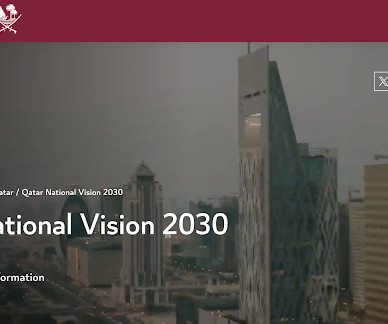
Living Geography
MARCH 21, 2025
Some countries that have historically relied on oil for their economic development are now looking to a future post peak-oil (although that is not looking like being any time soon for the USA now.). This is an area that I have been writing about for a while now. Petrostates are those whose economy relies on oil. They are now working out what their post-oil, diversified economy may be based around.
Let's personalize your content